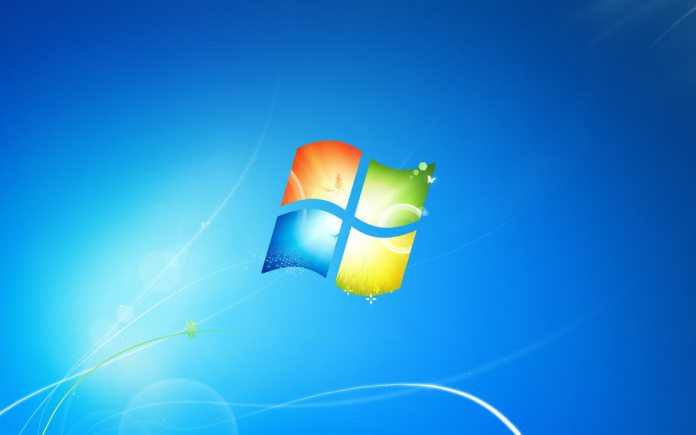According to a support article, the issue was caused not by the patch, as was assumed, but by the company’s Activation and Validation Servers. “On January 9, 2019, we reverted a change that was made to Microsoft Activation and Validation servers. For devices that continue to report activation and ‘not genuine’ notifications, you should remove KB 971033 by following the steps in the ‘Resolution’ section,” said the company. “For Windows editions that experience activation and ‘not genuine’ errors that are not caused by the Microsoft Activation and Validation server change around January 8, 2019, we recommend that you follow standard activation troubleshooting.” The problematic 971033 patch mentioned by Microsoft also led to problems for some enterprise users. However, as the company explained, its support page specifically advises that users with KMS or MAK don’t install the update. In those cases, it can’t be really be blamed.
Repeat Offender
Unfortunately, this isn’t the first time we’ve seen this issue in recent history. I recall a very similar instance back in November that caused the same problem in Windows 10. In that case, users had to run a troubleshooter after Microsoft made some fixes. By then, some users claimed to have already bought another version of Windows 10, thinking their license has genuinely expired. With hope, the common occurrence will have prevented that this time around. At the end of the day, these activation messages don’t seriously hamper productivity, though they are very frustrating. You can read the full support article here.




